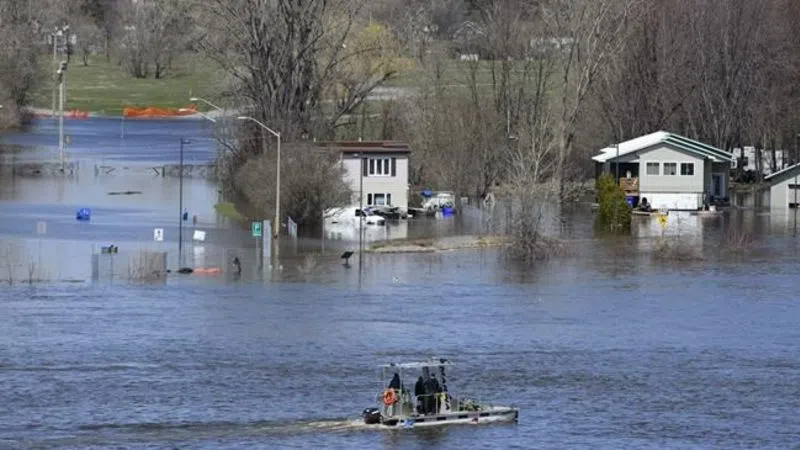
Ottawa’s spring floods put last round of repairs to the test
OTTAWA — A new round of repairs is in store for pathways around Parliament Hill, after the second major flood in three years.
Water levels on the Ottawa River remain a metre above normal and crews working for the National Capital Commission are just beginning to assess the damage to infrastructure near the Ottawa River.
The Crown corporation responsible for federal land in the capital region — including along the Ottawa River and the Rideau Canal, 24 Sussex Drive and Rideau Hall — spent about $6 million on repairs after the last flood, keeping some popular tourist paths closed for many months for extensive reconstruction.



